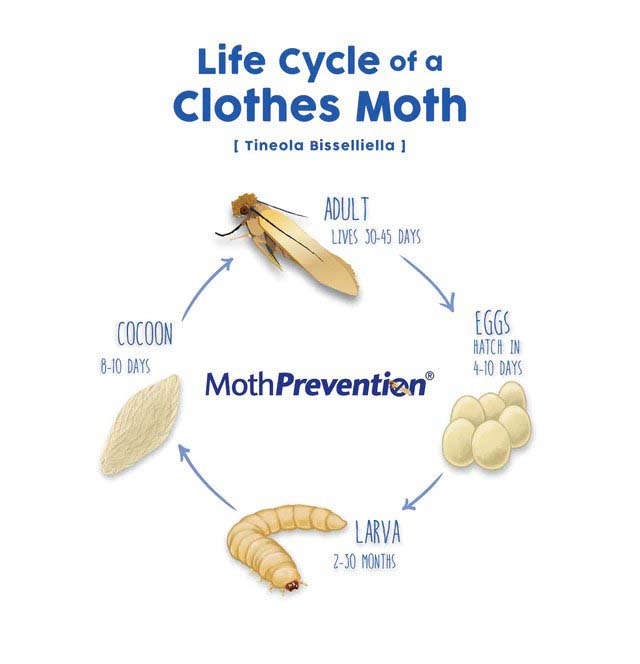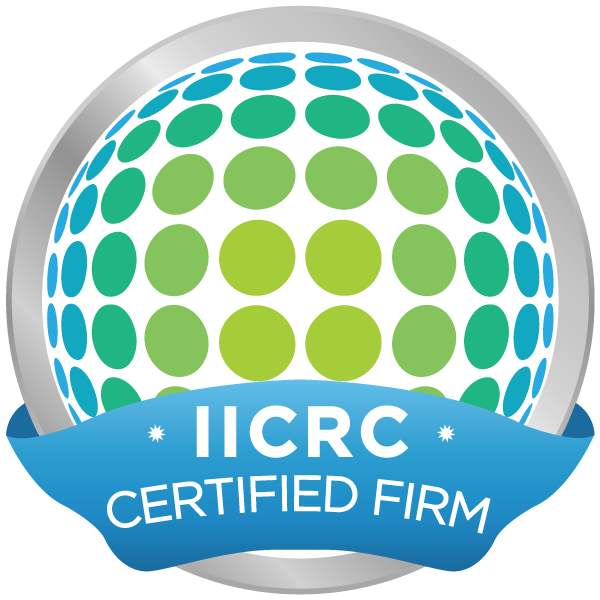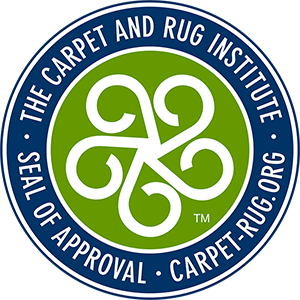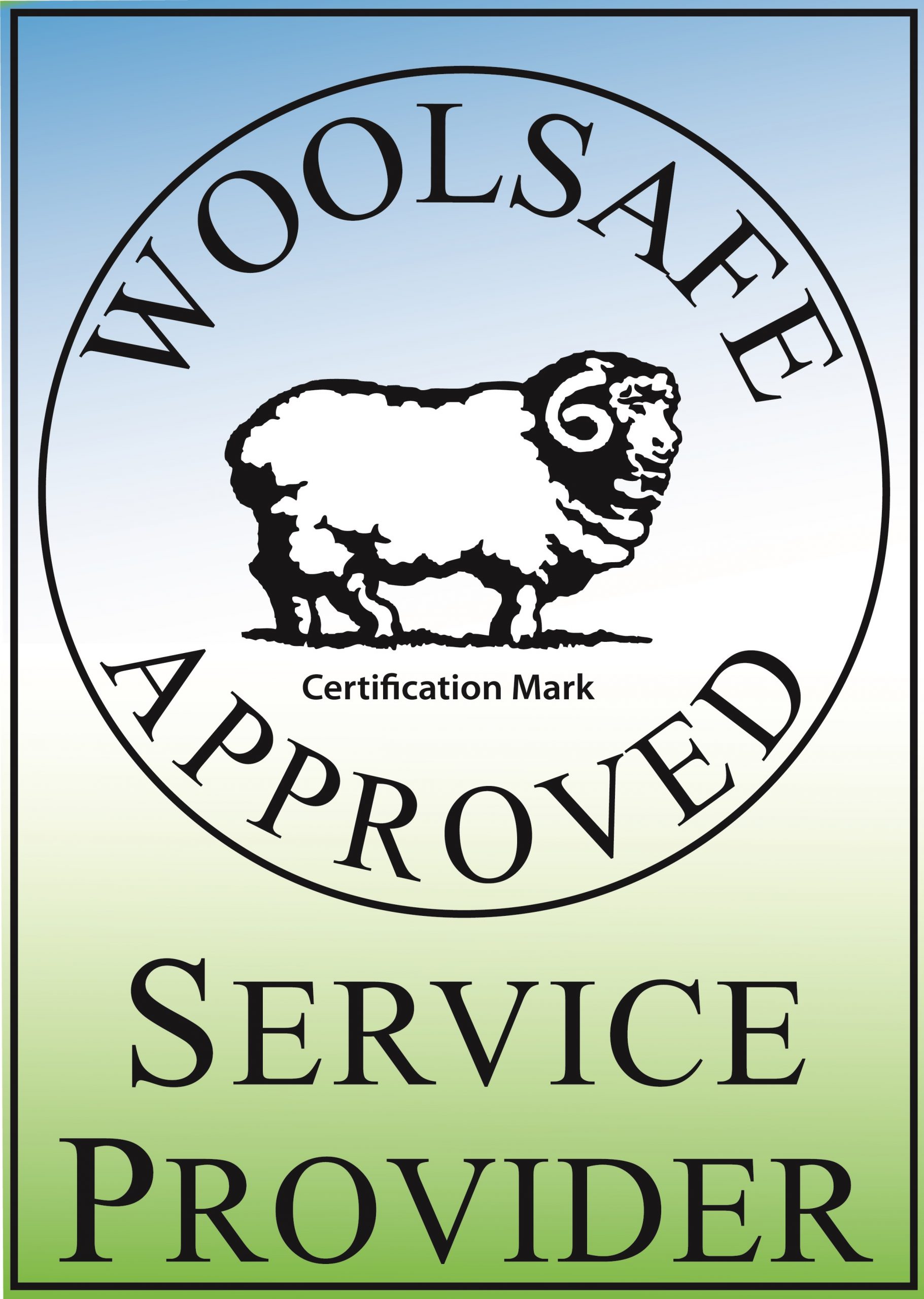
Expert Tips To Protect Your Wool Area Rugs From Moths
Protect Your Cherished Wool Area Rugs from Moth Infestations
Moths may seem harmless, fluttering around your lights at night, but did you know that certain species can wreak havoc on your wool area rugs? Two particular culprits, the Webbing Clothes Moth, and the Case-Dearing Moth, are notorious for this damage. Fear not; Oriental Rug Salon offers these expert tips on how to protect your rugs from moth and other insect damage.
Life Cycle of Webbing Clothes Moths and Case-Dearing Moths
Understanding the life cycle of these pests is the first step to implementing effective prevention strategies. The life cycle of both Webbing Clothes Moths and Case-Dearing Moths comprises four stages: egg, larva, pupa, and adult.
The female moth lays eggs on suitable material, like your wool rug, where the hatched larvae feed, causing the most damage. This larval stage can last several weeks to a couple of years, depending on environmental conditions. The pupal stage follows, and finally, the adult moth emerges, not to feed but to reproduce, starting the cycle anew.
Potential Damage To Oriental Wool Area Rugs Caused by These Moths
The larvae of these moths feed on organic fibers, and your wool area rug provides a buffet for them. They munch on the rug, creating irregular holes and damaging its aesthetic and monetary value. Moths and other insects feed on the contaminants the rug fibers are holding onto, and certain moths are attracted to wool because of the keratin found in animal hair (lambs, sheep, camel, etc.).
Beyond the physical damage, a moth infestation can result in allergens and secondary pests, further damaging your rug and impacting the health of those living in your home.
How to Monitor Your Wool Rugs for Moth Infestations
Regular inspection is vital in catching a moth infestation early. Check your rug’s hidden and undisturbed areas, as moths prefer these spots. Look for larvae, tiny tubes of fibers (case of the Case-bearing Moth), or silken webs (characteristic of the Webbing Clothes Moth). Small irregular holes in your rug are a clear sign of an active infestation.
Moths and carpet beetles love to hide under large pieces of furniture to consume their meal, where the area rug is never vacuumed or disturbed, so make sure not to miss these areas.
Preventive Care for Your Wool Rugs
Preventive measures can significantly decrease the chances of a moth infestation. Vacuum your rug regularly, including underneath, to remove any eggs or larvae. Ensure your rug is not in a damp or undisturbed area, as these are ideal breeding conditions for moths. Clean up spills and pet accidents as soon as they happen. Rotate your rug every six months 180 degrees to avoid undisturbed spots and to provide even wear to help prevent traffic lanes on the surface of your area rug.
Professional Cleaning Services for Moth Prevention
Trust Oriental Rug Salon for professional rug cleaning to prevent and combat moth infestations. Our experts deep clean your rug, removing larvae and eggs that a regular vacuum can miss. We can apply a specialized moth souring treatment that provides your rugs with a layer of protection against future attacks by making the wool unpalatable to moths and other insects. You can not feel this protection, and it has no odor.
Oriental Rug Salon is a full-service area rug cleaning, treatment, restoration, and appraisal company serving clients throughout the United States. Our 6,000 sq. ft. rug cleaning facility is located in Cape Coral, and we offer FREE pick-up and delivery for most area rugs throughout Lee, Collier, and Charlotte County.
For more information about Oriental Rug Salon, visit us online at https://orientalrugsalon.com/ or take a look at our Facebook Page at https://www.facebook.com/OrientalRugSalon/ You can also give us a call at 239-424-8171.
FAQs
Q: Can wool-eating moths fly?
A: While the Webbing Clothes Moth is a weak flyer, the Case-Dearing Moth can fly but generally crawls around.
Q: Can these moths infest other materials?
A: Yes, they can infest any item composed of natural fibers, including clothing, upholstery, and even stored food.
Q: Is DIY moth treatment sufficient?
A: While DIY methods can be a part of moth prevention, professional services are more effective and crucial, especially in the case of an active infestation or long-term prevention.
Moths can cause significant damage to your cherished wool area rugs. Still, with proper care, regular monitoring, and professional help from Oriental Rug Salon, you can ensure your rugs remain beautiful and moth-free for years to come. Remember, prevention is always better than cure when it comes to protecting your rugs from these destructive pests.
Invest in your rugs’ longevity today. Contact Oriental Rug Salon for expert rug care and moth prevention services.



